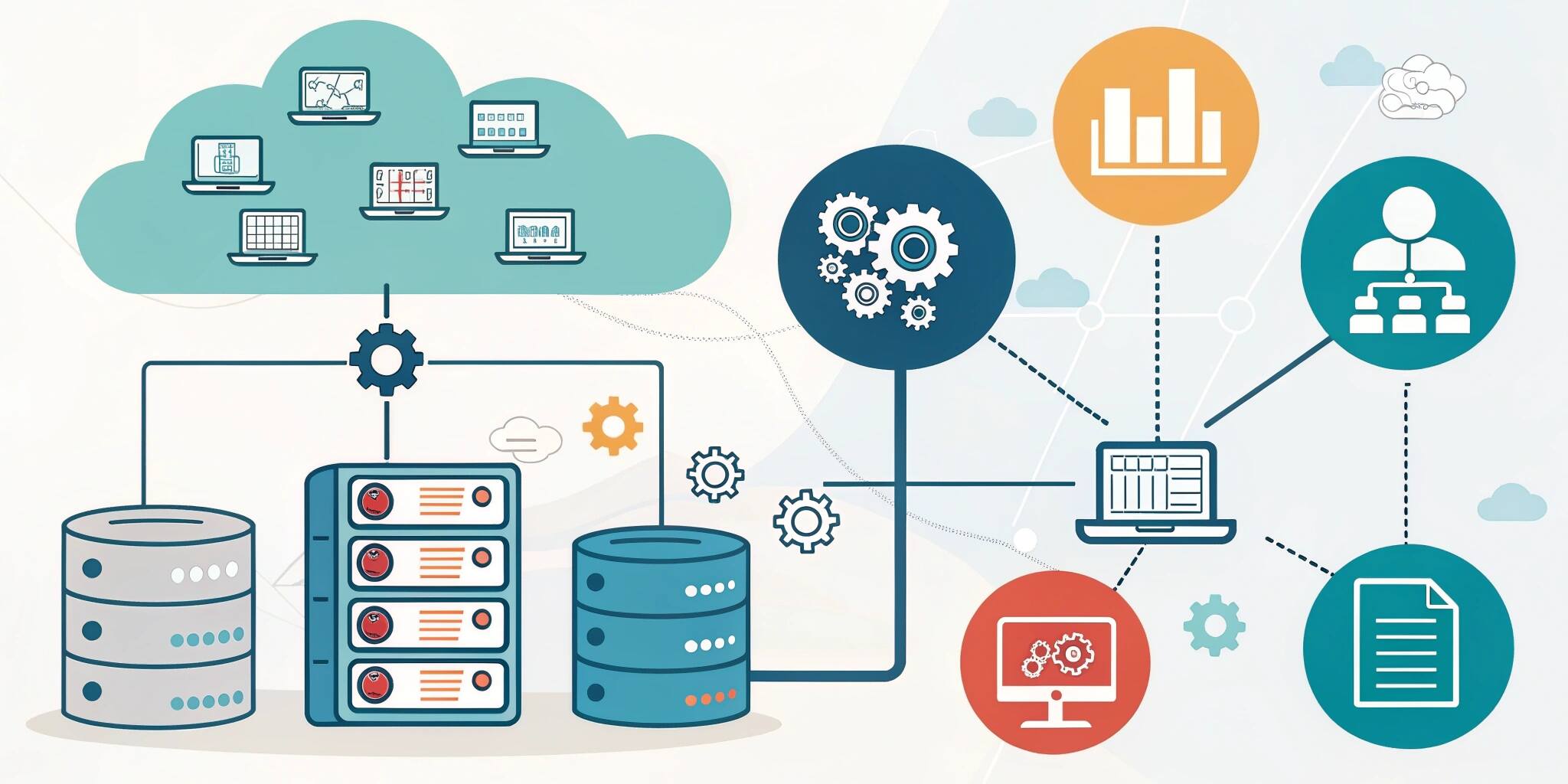Main Content
In today’s digital-first world, organizations are embracing cloud-native technologies to achieve agility, scalability, and innovation. Among these advancements, cloud-native databases have emerged as a transformative force, redefining how IT operations are managed and optimized. Unlike traditional databases hosted on physical servers or virtual machines, cloud-native databases are designed from the ground up for the cloud — enabling enterprises to operate at scale with greater flexibility, automation, and cost efficiency.
1. Understanding Cloud-Native Databases
A cloud-native database is purpose-built for cloud infrastructure. It operates on containerized, microservices-based architectures, allowing data to flow seamlessly across distributed environments. These databases are inherently elastic, meaning they can automatically scale up or down based on demand. Popular examples include Amazon Aurora, Google Cloud Spanner, and Azure Cosmos DB — all optimized for high availability and minimal operational overhead.
2. The Shift in IT Operations
The traditional model of managing on-premises databases involves manual provisioning, maintenance, and monitoring. IT teams often spend significant time handling backups, patches, and performance tuning. Cloud-native databases automate these tasks through self-healing mechanisms, automated updates, and continuous delivery pipelines, reducing human error and operational costs.
This automation allows IT teams to focus on strategic initiatives rather than repetitive maintenance. For instance, through Infrastructure as Code (IaC) and DevOps integration, teams can deploy and manage databases as part of their CI/CD workflows, aligning development and operations for faster releases and enhanced reliability.
3. Scalability and Performance Optimization
Cloud-native databases are designed to scale dynamically, ensuring consistent performance even under fluctuating workloads. Features like auto-sharding, distributed storage, and in-memory caching make it possible to handle massive volumes of transactions without latency. For IT operations, this scalability means that businesses no longer need to overprovision resources — they pay only for what they use.
This on-demand scalability is especially crucial for industries such as e-commerce, finance, and healthcare, where data spikes are unpredictable. Real-time scaling capabilities empower IT operations to maintain performance SLAs even during peak demand periods.
4. Enhanced Security and Compliance
Security remains a top concern in modern IT ecosystems. Cloud-native databases come with built-in security protocols, such as data encryption at rest and in transit, identity-based access control, and automated compliance updates. These systems are continuously monitored and patched by cloud providers, ensuring that vulnerabilities are addressed faster than in traditional setups.
Moreover, features like geo-replication and disaster recovery are seamlessly integrated, offering resilience and business continuity — a critical factor for IT operations that cannot afford downtime.
5. Cost Efficiency and Resource Optimization
Cloud-native databases follow a pay-as-you-go model, reducing the need for expensive hardware investments. IT teams can provision, test, and decommission resources dynamically, optimizing both time and budget. The elimination of manual maintenance tasks further lowers operational expenses.
With integrated monitoring and analytics dashboards, IT departments gain real-time insights into performance, usage, and costs — allowing for smarter resource allocation and capacity planning.
6. Driving Digital Transformation
By modernizing database operations, cloud-native systems are accelerating digital transformation. They enable seamless data integration with AI, ML, and analytics platforms, fueling data-driven decision-making. Businesses can rapidly innovate, launch new applications, and scale services globally without the constraints of legacy infrastructure.
This agility is reshaping IT’s role from a support function to a strategic enabler of business innovation. With continuous delivery and automation, IT teams can support faster product
lifecycles and enhance customer experiences in real time.
7. The Future of IT Operations
As enterprises continue to migrate to the cloud, cloud-native databases will become the default standard for data management. The future of IT operations lies in automation, observability, and orchestration — all of which cloud-native architectures support. Integrating these databases with emerging technologies like edge computing and AI-driven operations (AIOps) will further enhance efficiency and predictive maintenance capabilities.
Conclusion
Cloud-native databases are not just a technological upgrade — they represent a strategic evolution in how IT operations function. Through scalability, automation, and resilience, they empower organizations to operate more efficiently, innovate faster, and remain competitive in a rapidly changing digital landscape.
The organizations that embrace these modern database systems today will lead tomorrow’s cloud-driven future.


